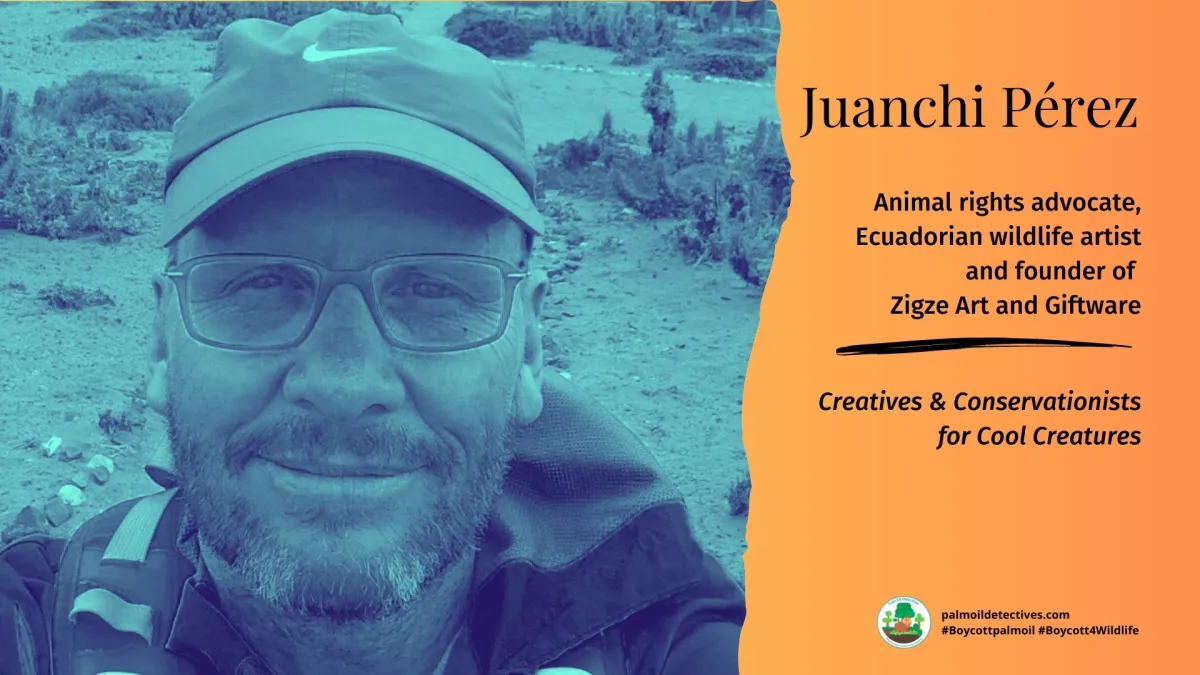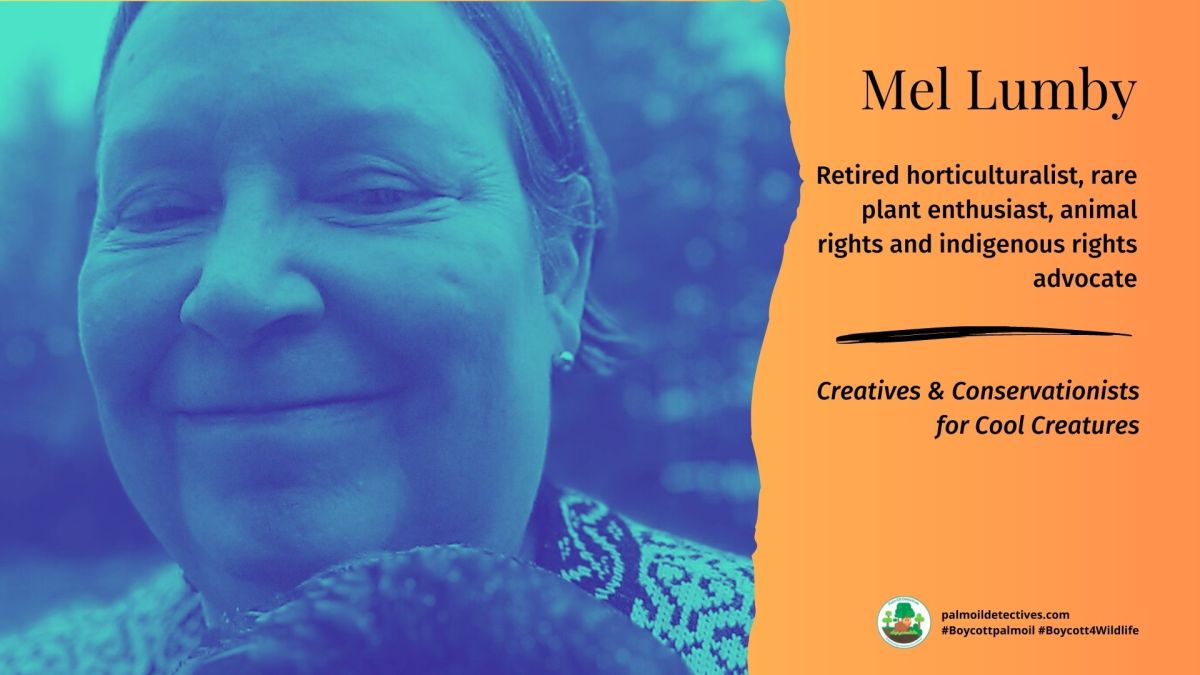Baird’s Tapir Tapirus bairdii
Endangered
Extant (resident): Belize; Colombia; Costa Rica; Guatemala; Honduras; Mexico; Nicaragua; Panama
Extinct: El Salvador
Presence Uncertain: Ecuador
Baird’s tapirs may look like they are relatives of elephants, but they’re actually closer kin to horses, donkeys, zebras, and rhinoceroses.
Although they look like elephants, Baird’s Tapirs are more closely related to #horses and #rhinos. They are #endangered in #SouthAmerica from #palmoil #cocoa #meat #deforestation. #Boycottpalmoil and #Boycott4Wildlife to help save them
Tweet
The Baird’s Tapir is found in forested areas with ponds and streams (wet tropical rainforest, tropical subdeciduous forest and montane cloud forests), palm swamps, paramo, mangrove, riparian forest, and successional vegetation (caused by natural disturbances), as well as in narrow oak- forest strips covering the top of medium-altitude mountains; from sea level to 3,620 m (Brooks et al. 1997, Naranjo and Vaughan 2000).
In recent years, the increasing of palm oil plantations through the Baird Tapir’s distribution is becoming an relevant threat in the region.
IUCN red list



Like all tapirs, this species has a prominent nose. This is made of soft and flexible tissues, allowing them to snatch leaves and stems that would otherwise be out of reach. This species eats more than 200 kinds of plants, including twigs, stems, leaves, and even aquatic vegetation.
Baird’s Tapirs are solitary animals that usually only come together when they mate. Females have a gestation period of 13 months and then the baby remains with mum for 1-2 years. Juvenile Baird’s Tapirs have a coat covered in spots and tripes, that is thought to disguise them from predators such as Jaguars and Pumas in the understory of the rainforest.
The main factors of Baird’s population decline remain habitat destruction and localized hunting (Castellanos et al. 2008, Brooks et al. 1997). The species low reproductive rate makes it more vulnerable to these threats (Brooks et al. 1997).
Between 2001 and 2010, Mexico and Central America experienced a net loss of 179,405 km2 of forested habitats, correlated with the gain of mixed woody/plantation and agriculture/herbaceous vegetation; the Maya Forest in Mexico, Belize and Guatemala, and the Caribbean coast of Nicaragua had the greatest deforestation rates during this period (Aide et al. 2012). Deforestation not only reduces forest extensions but also changes their spatial patterns, resulting in fragmented habitat and genetically isolated tapir populations. The Nicaragua population is highly threatened by continued high rates of deforestation in its Biosphere Reserves and other protected areas (C. Jordan pers. comm.).
You can support this beautiful animal
There are no known conservation activities for this animal. Make art to raise awareness and join the #Boycott4Wildlife.
Further Information

Garcìa, M., Jordan, C., O’Farril, G., Poot, C., Meyer, N., Estrada, N., Leonardo, R., Naranjo, E., Simons, Á., Herrera, A., Urgilés, C., Schank, C., Boshoff, L. & Ruiz-Galeano, M. 2016. Tapirus bairdii. The IUCN Red List of Threatened Species 2016: e.T21471A45173340. https://dx.doi.org/10.2305/IUCN.UK.2016-1.RLTS.T21471A45173340.en. Downloaded on 06 June 2021.

How can I help the #Boycott4Wildlife?
Contribute in five ways
1. Join the #Boycott4Wildlife on social media and subscribe to stay in the loop: Share posts from this website to your own network on Twitter, Mastadon, Instagram, Facebook and Youtube using the hashtags #Boycottpalmoil #Boycott4Wildlife.
2. Contribute stories: Academics, conservationists, scientists, indigenous rights advocates and animal rights advocates working to expose the corruption of the palm oil industry or to save animals can contribute stories to the website.
3. Supermarket sleuthing: Next time you’re in the supermarket, take photos of products containing palm oil. Share these to social media along with the hashtags to call out the greenwashing and ecocide of the brands who use palm oil. You can also take photos of palm oil free products and congratulate brands when they go palm oil free.
4. Take to the streets: Get in touch with Palm Oil Detectives to find out more.
5. Donate: Make a one-off or monthly donation to Palm Oil Detectives as a way of saying thank you and to help pay for ongoing running costs of the website and social media campaigns. Donate here









Really appreciate it
LikeLike